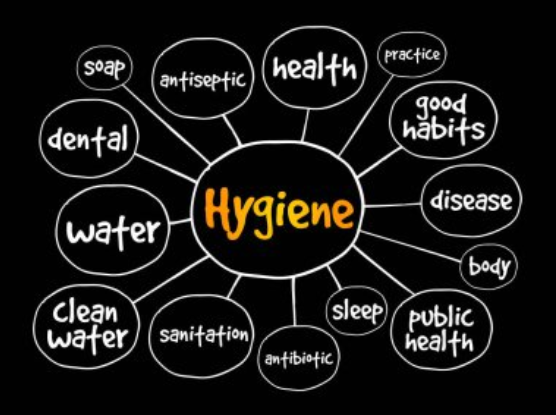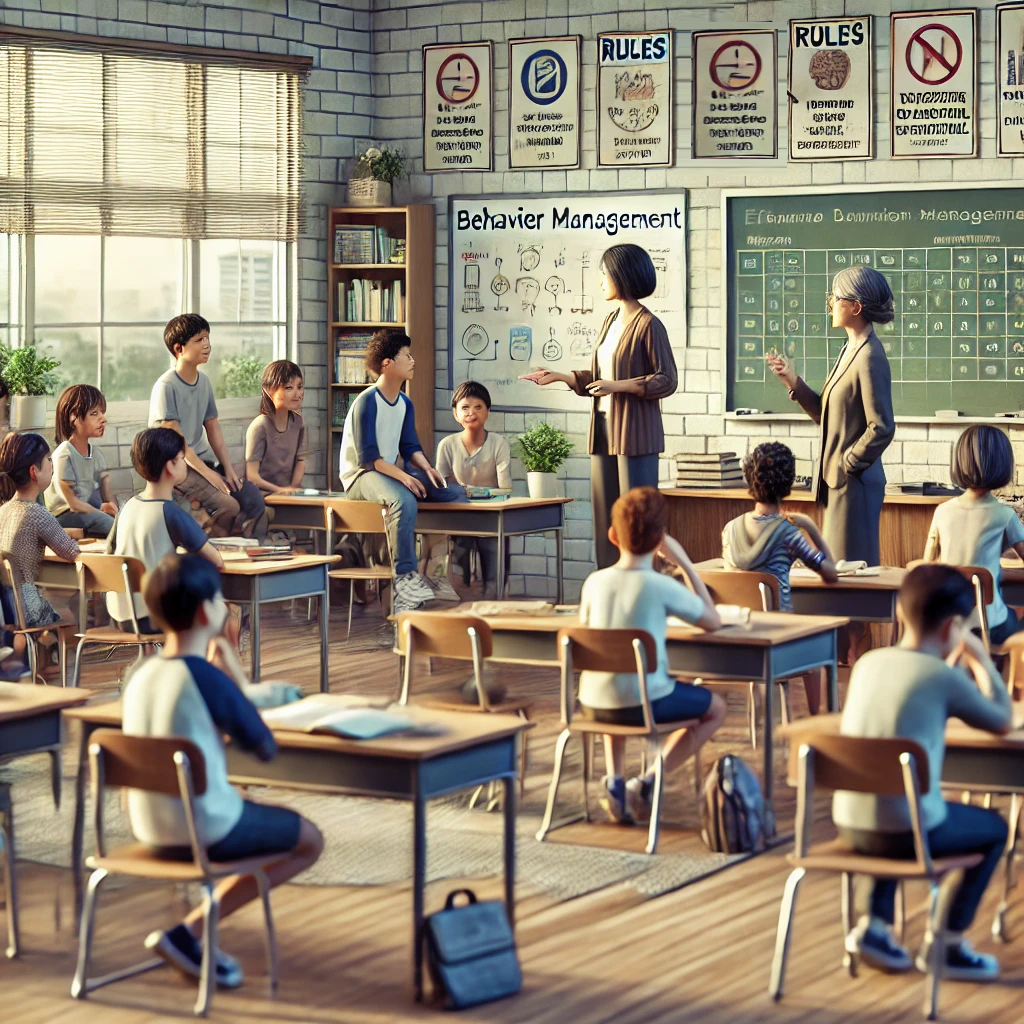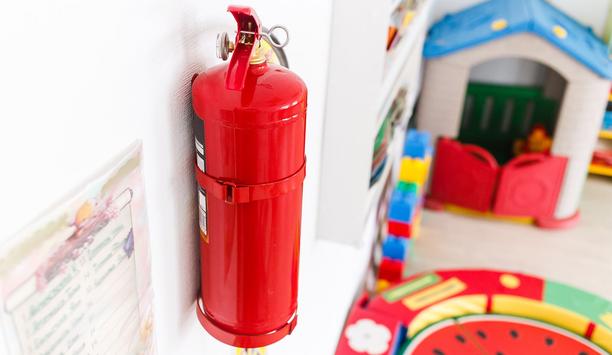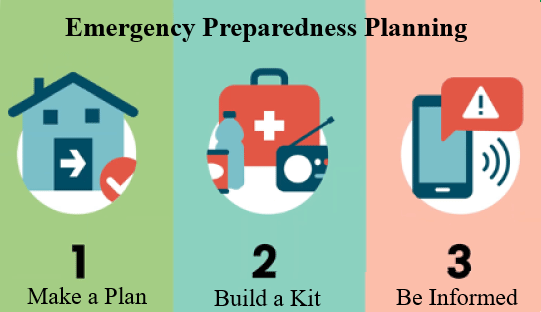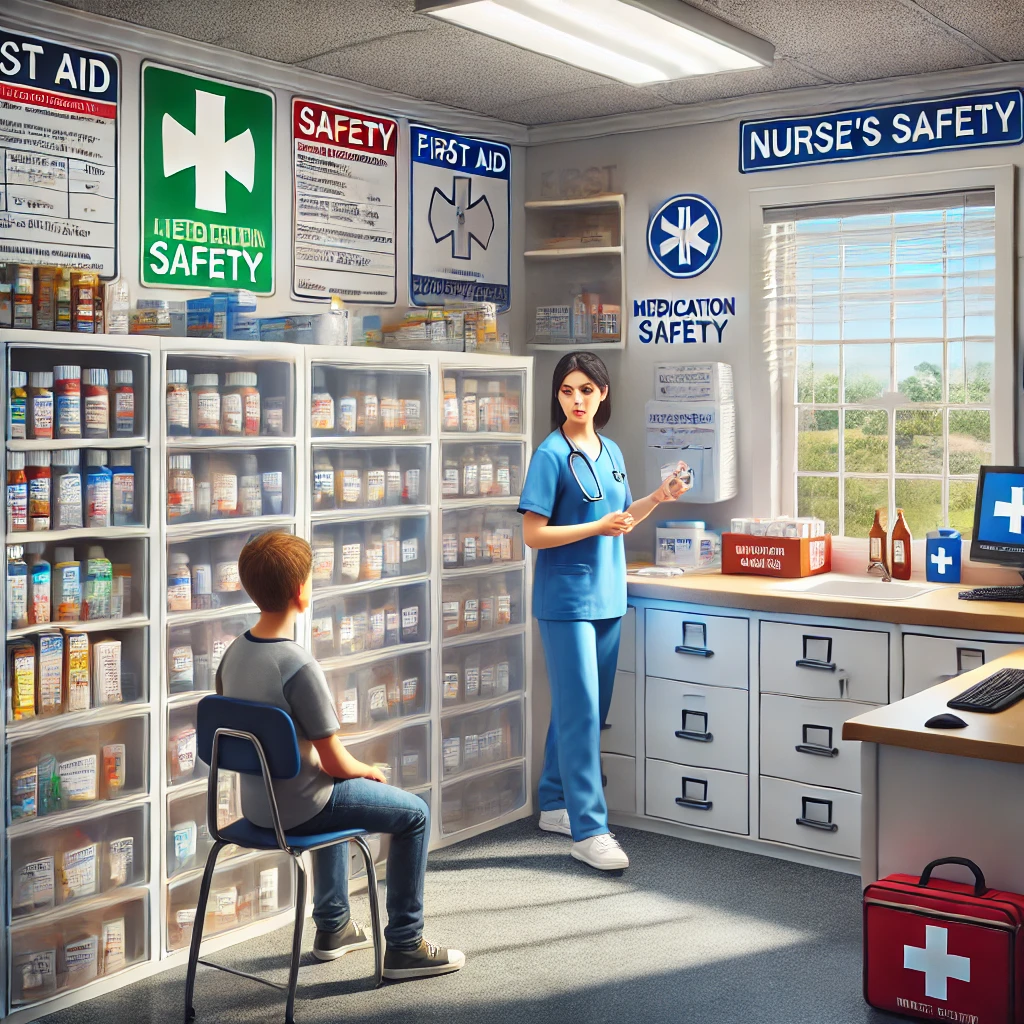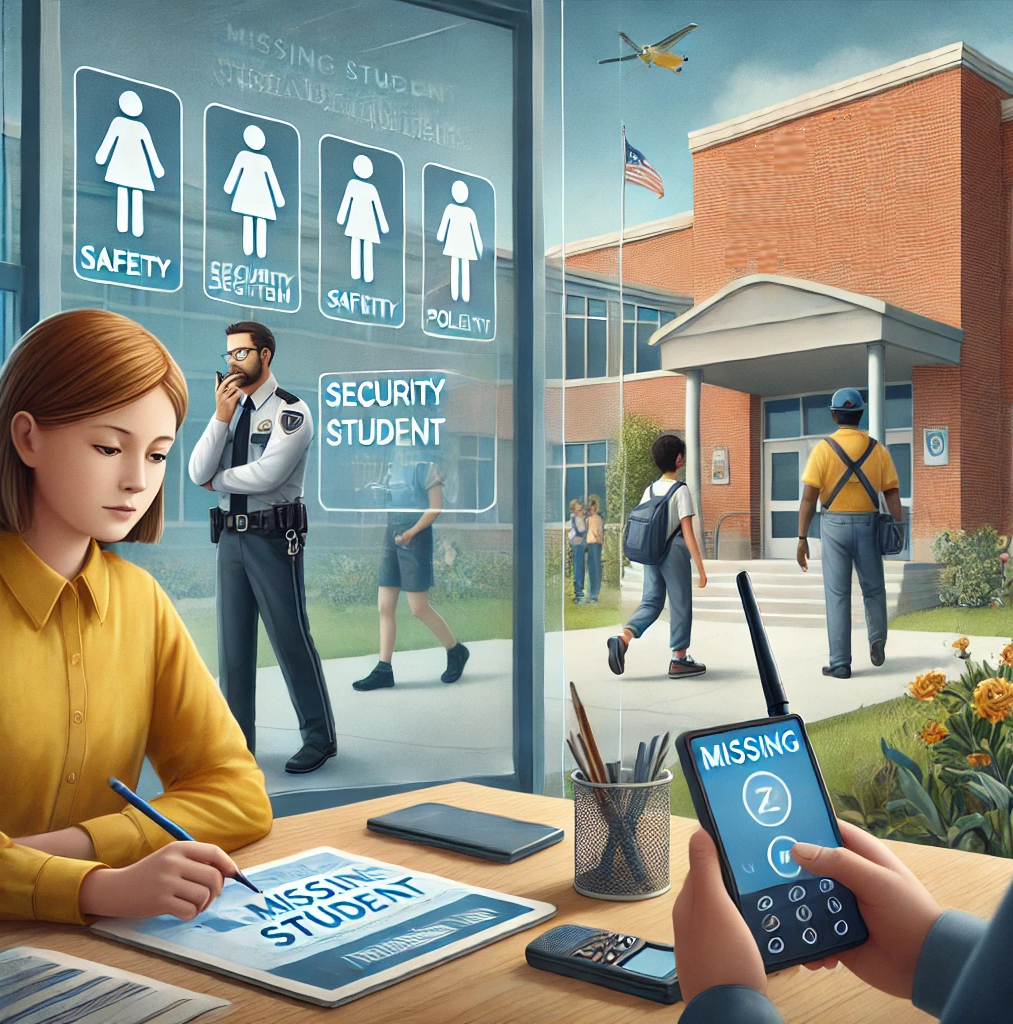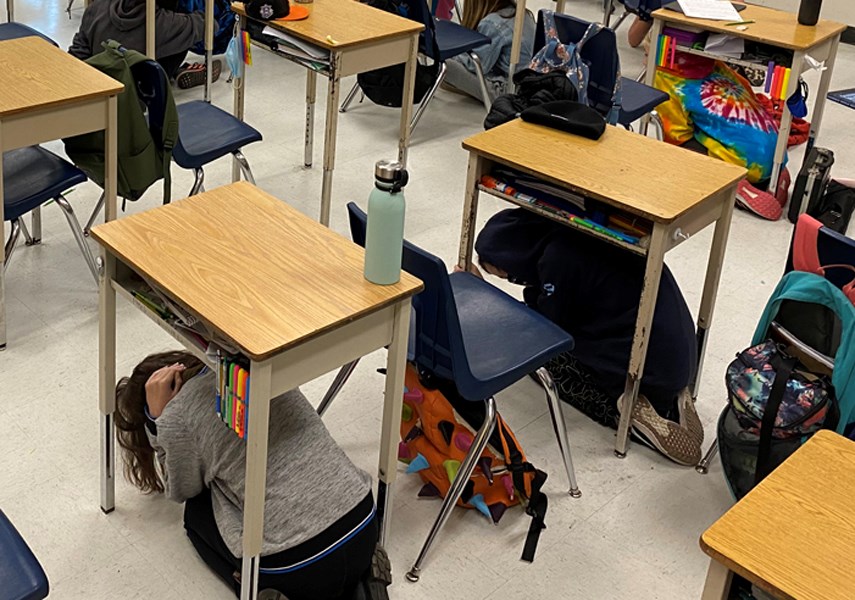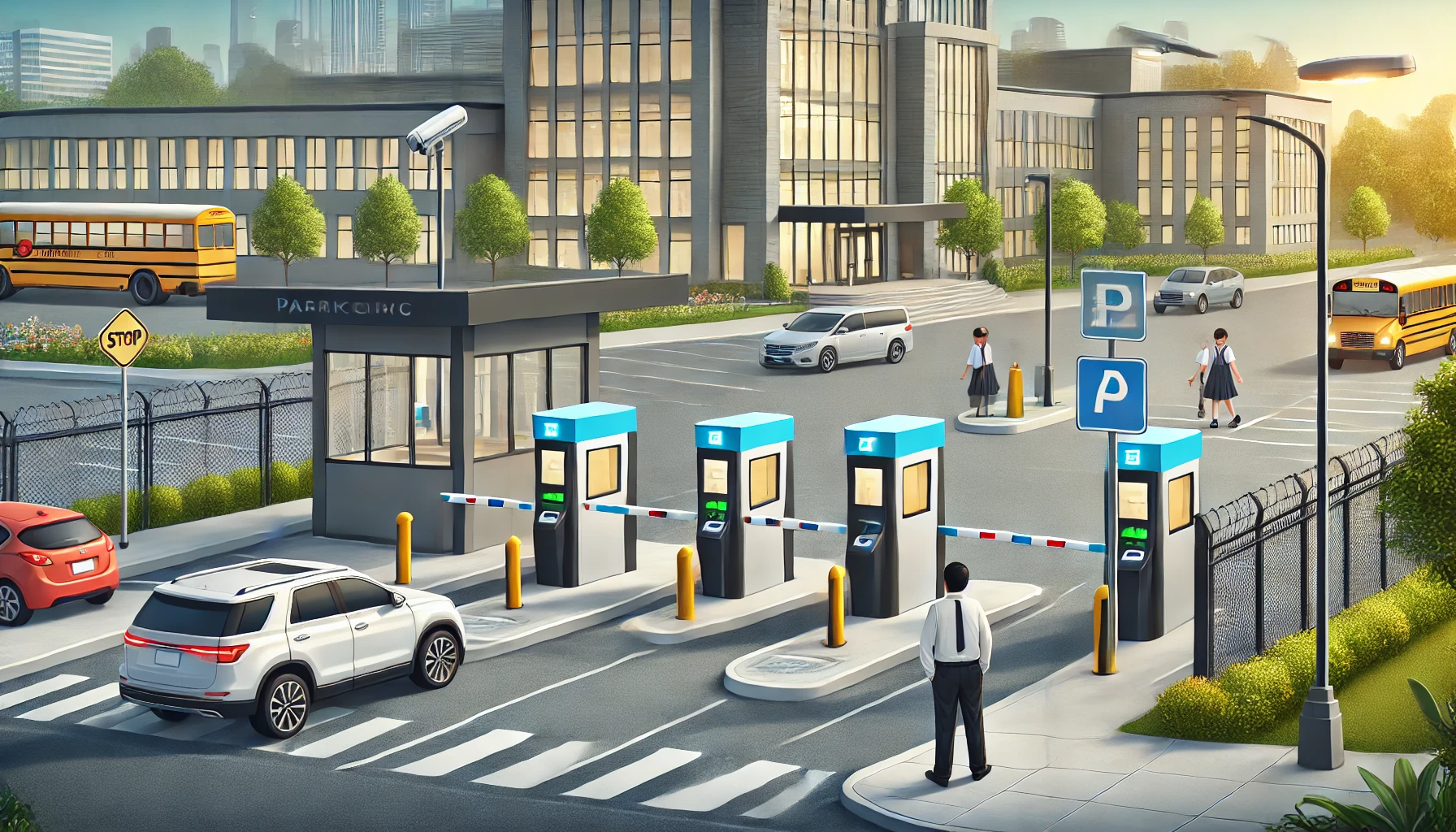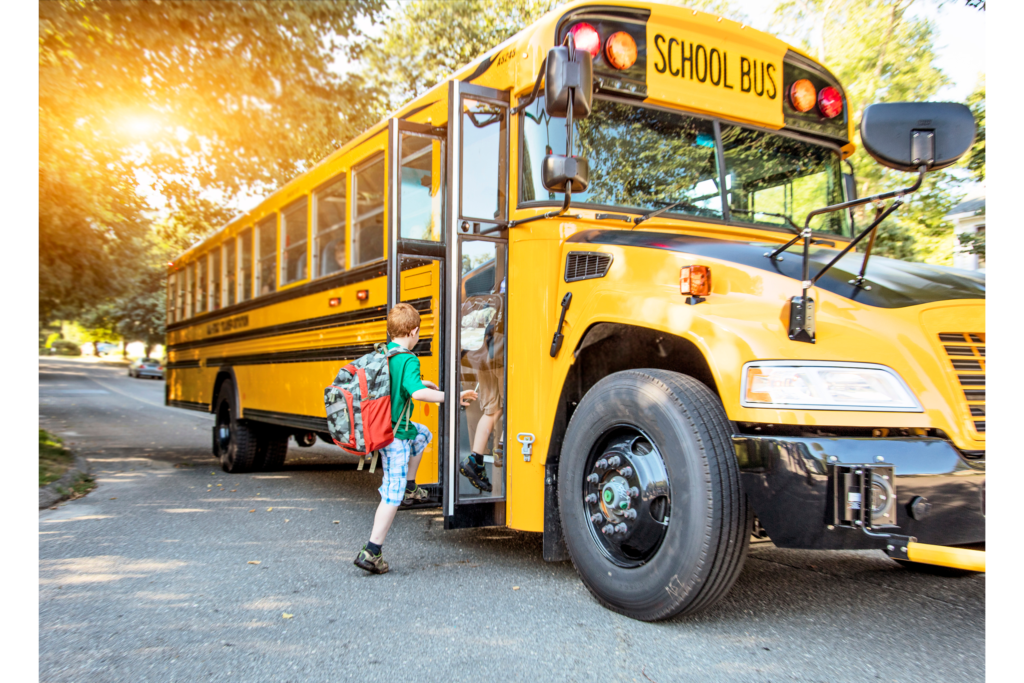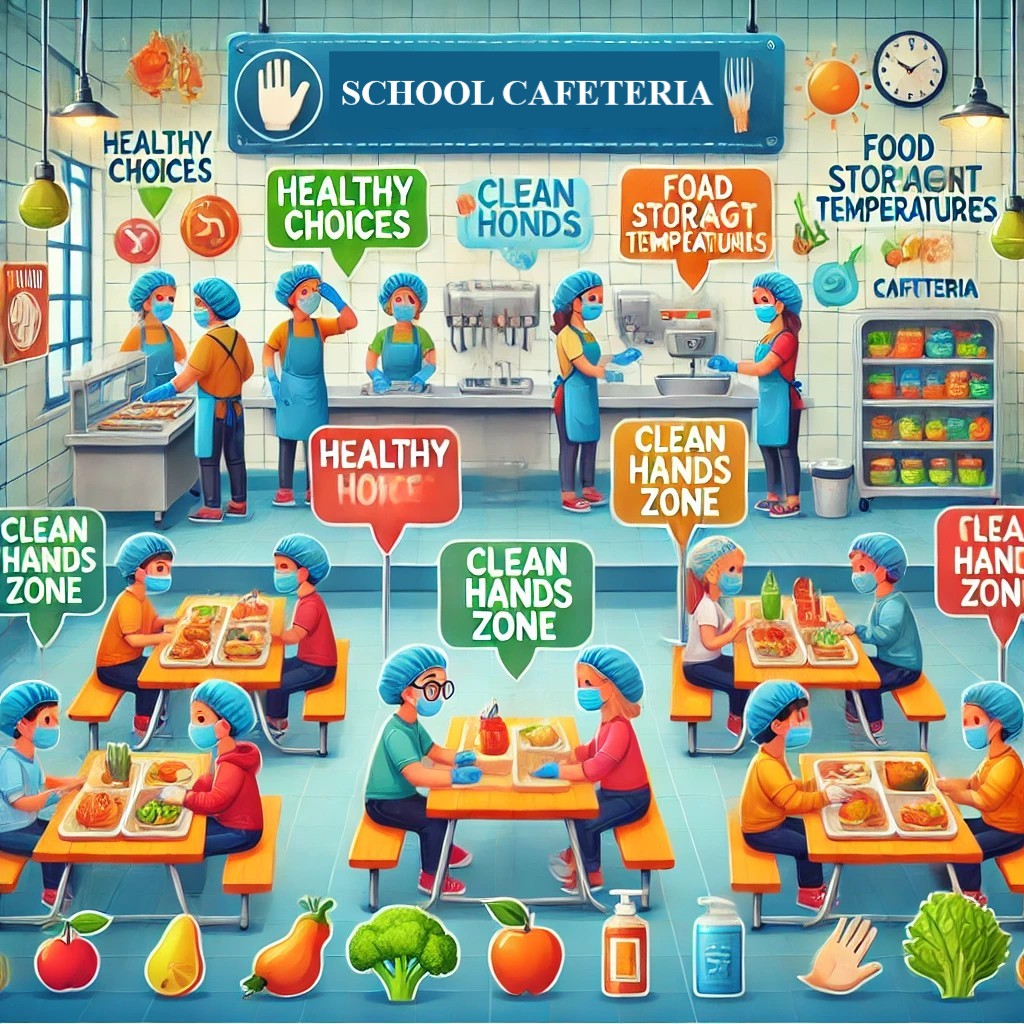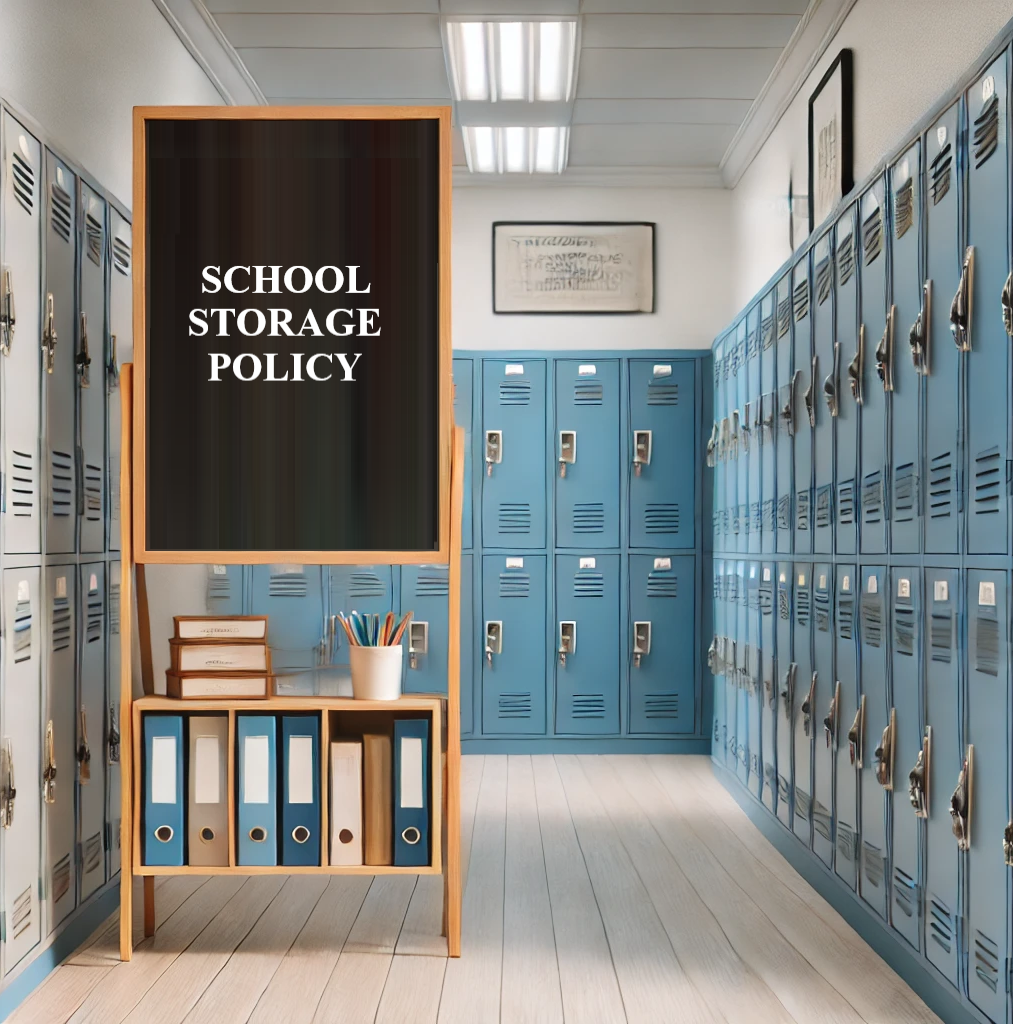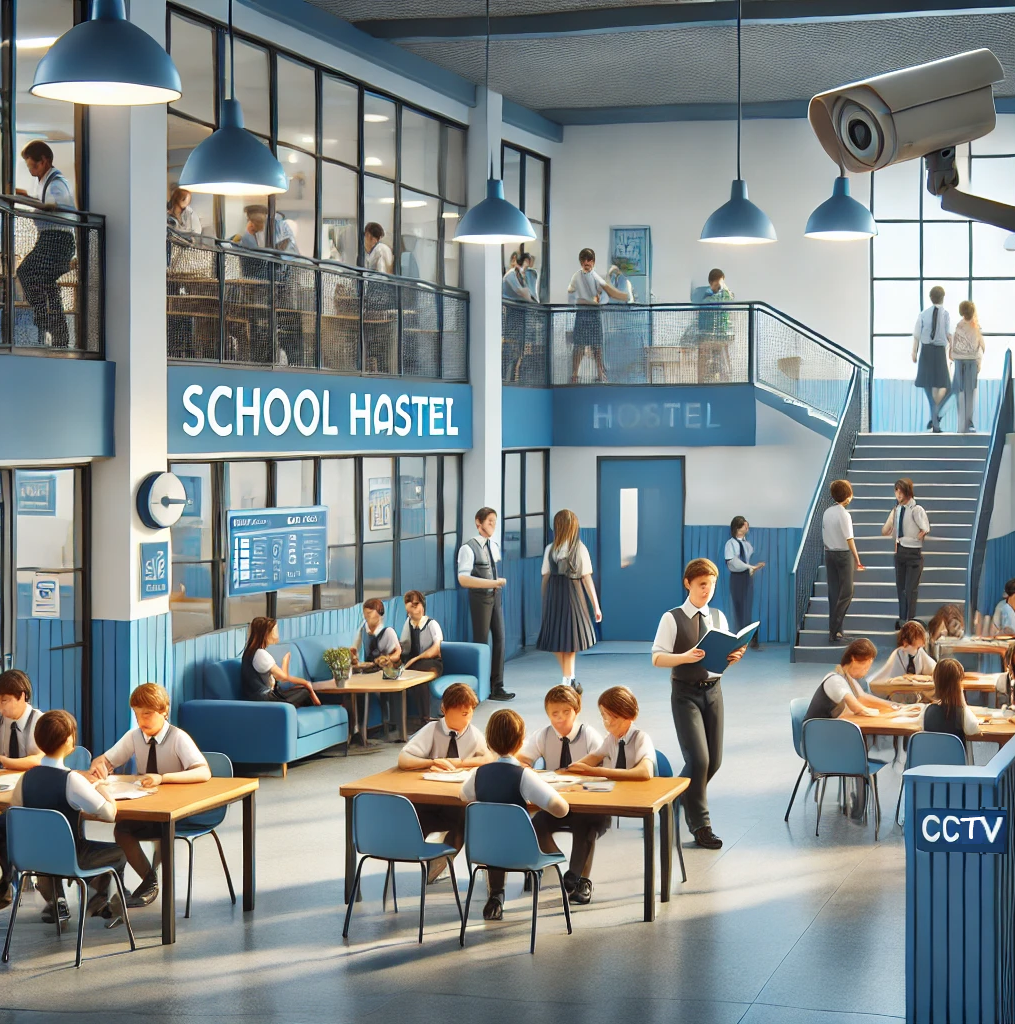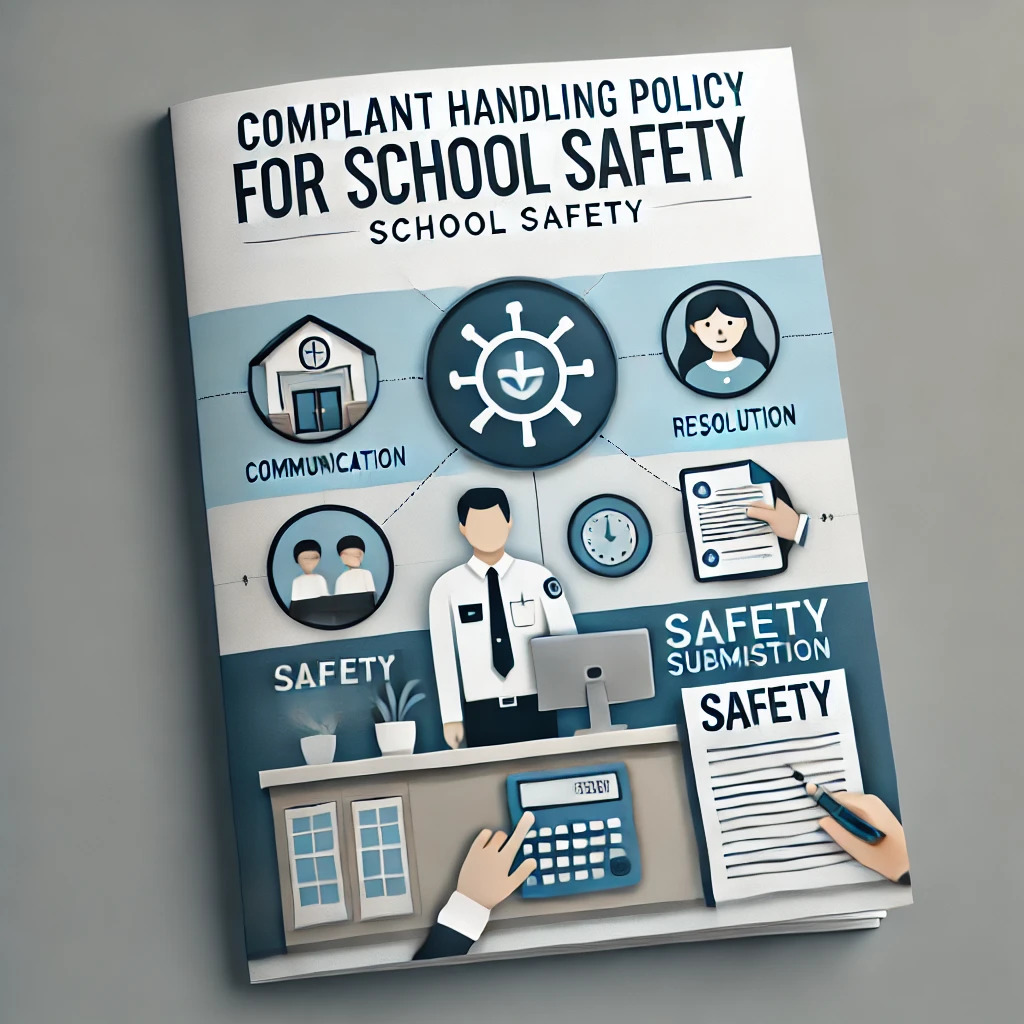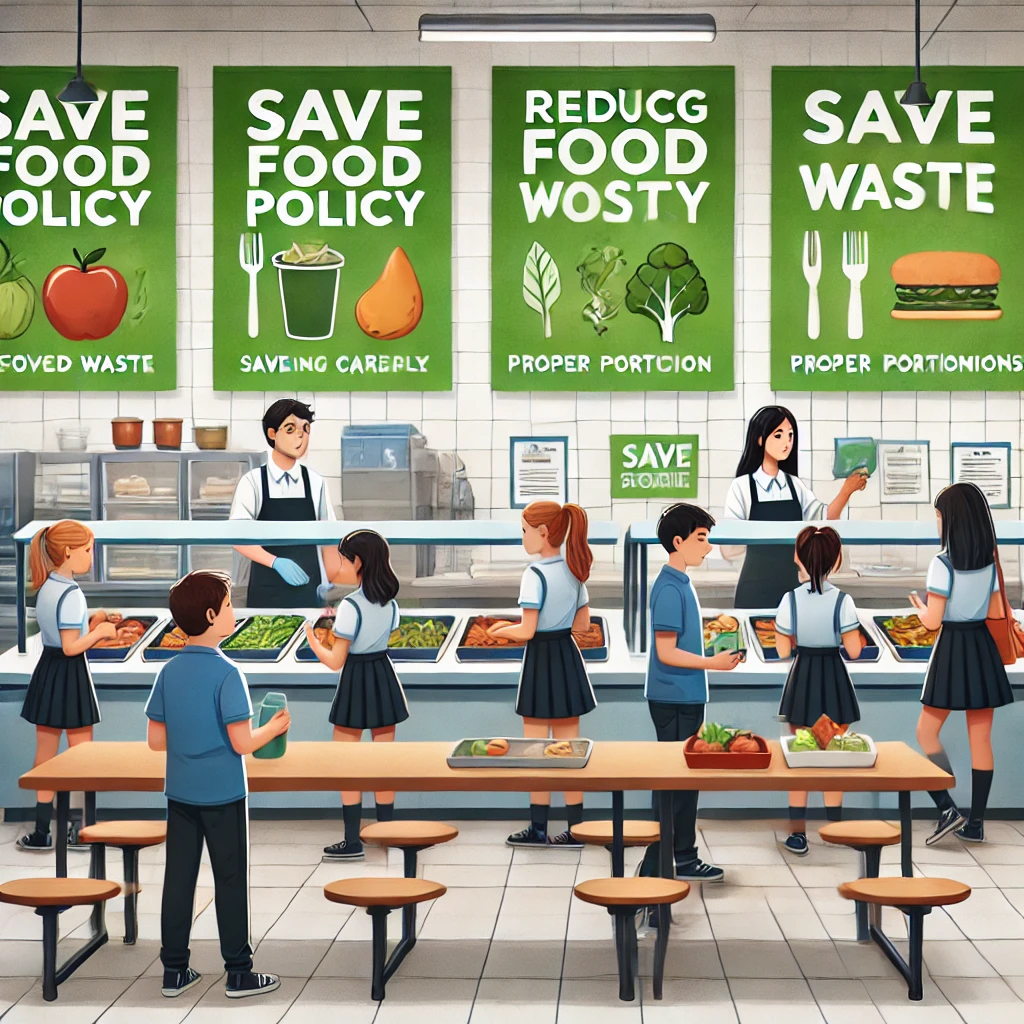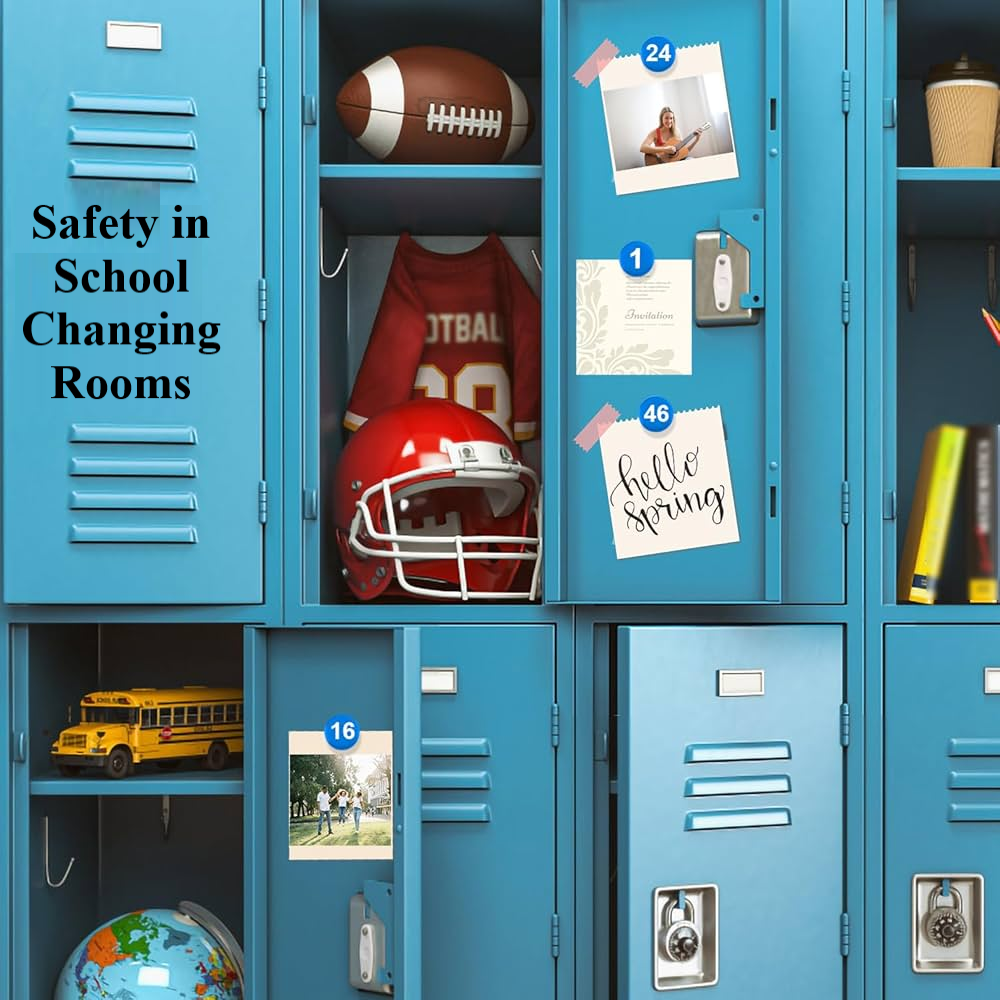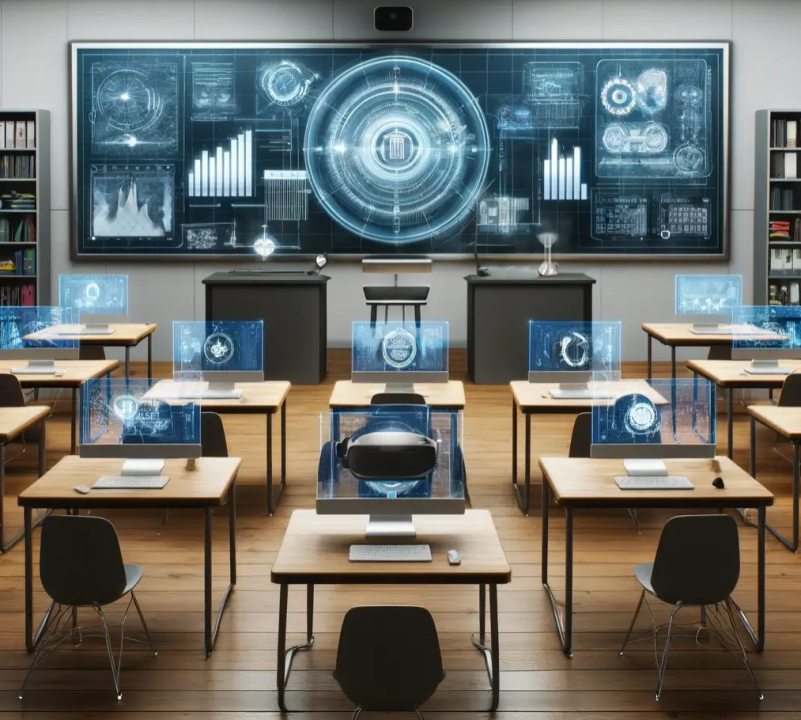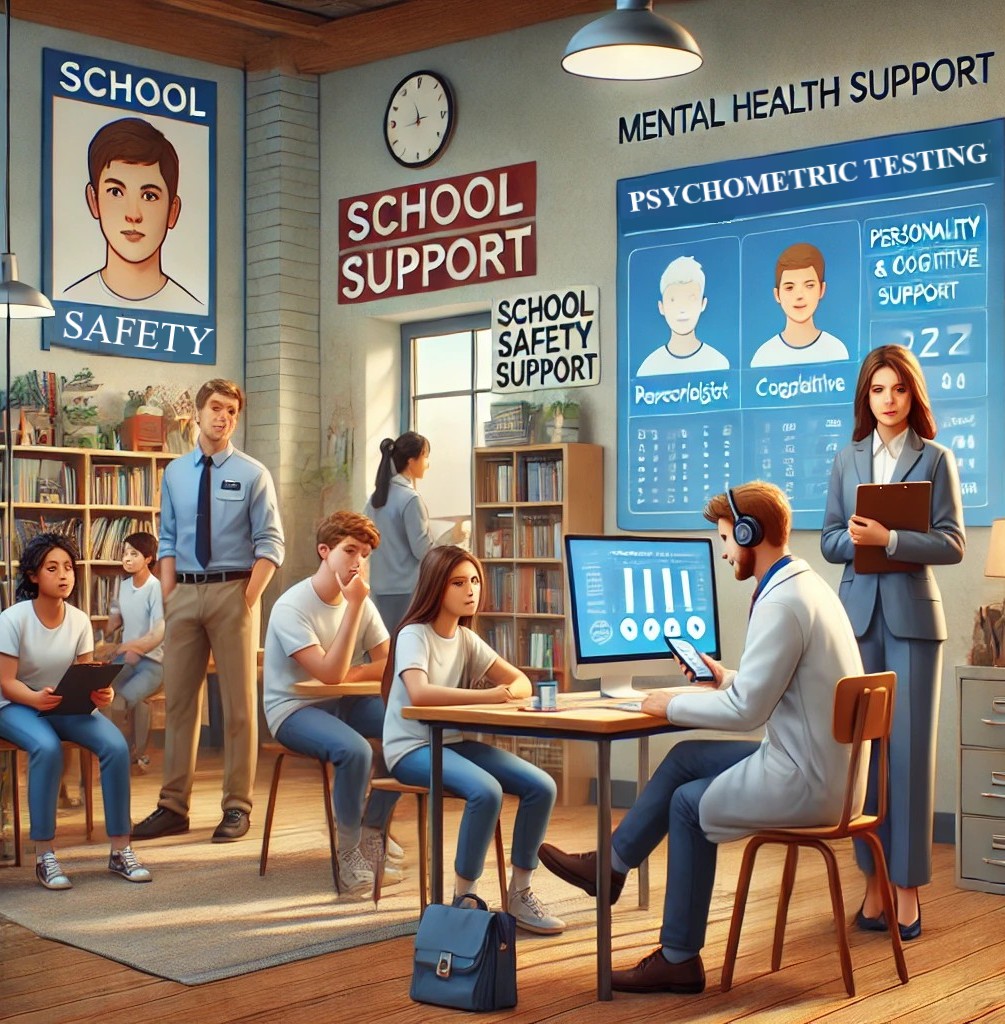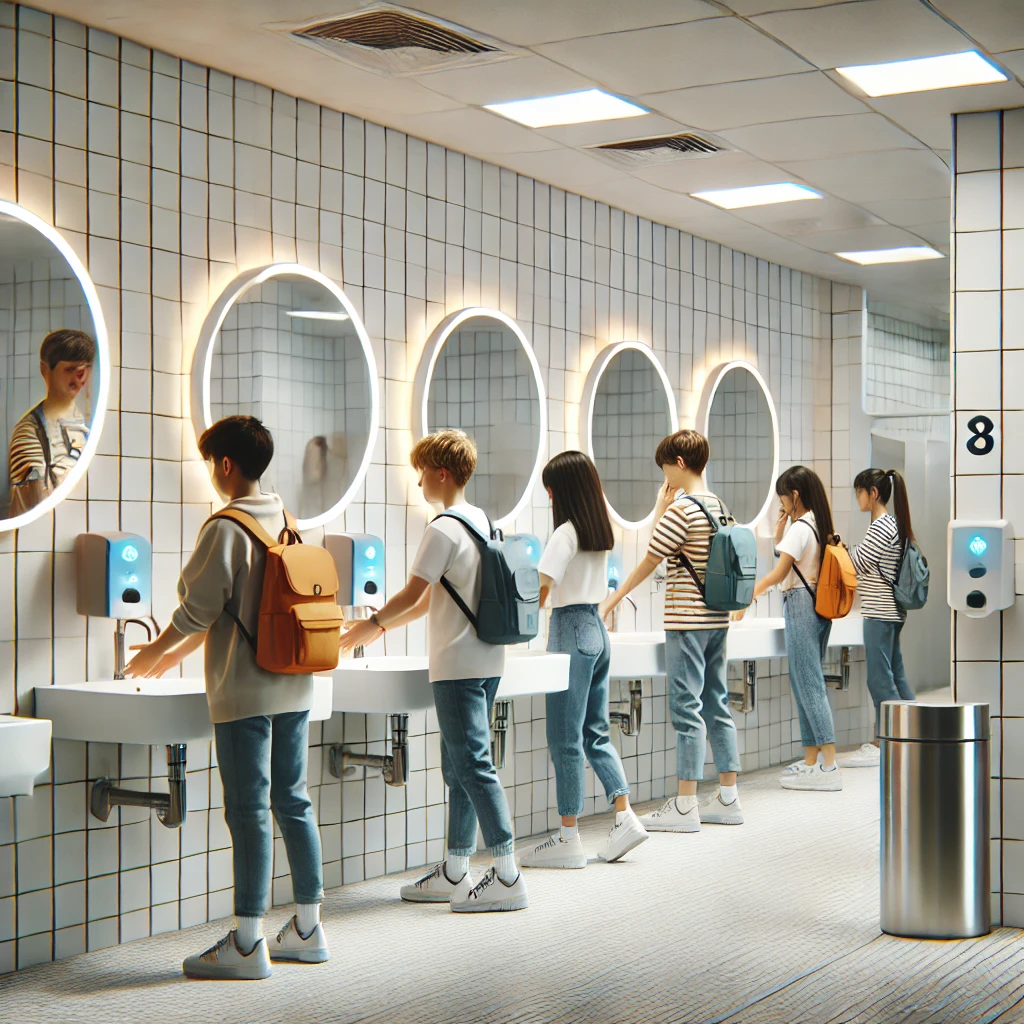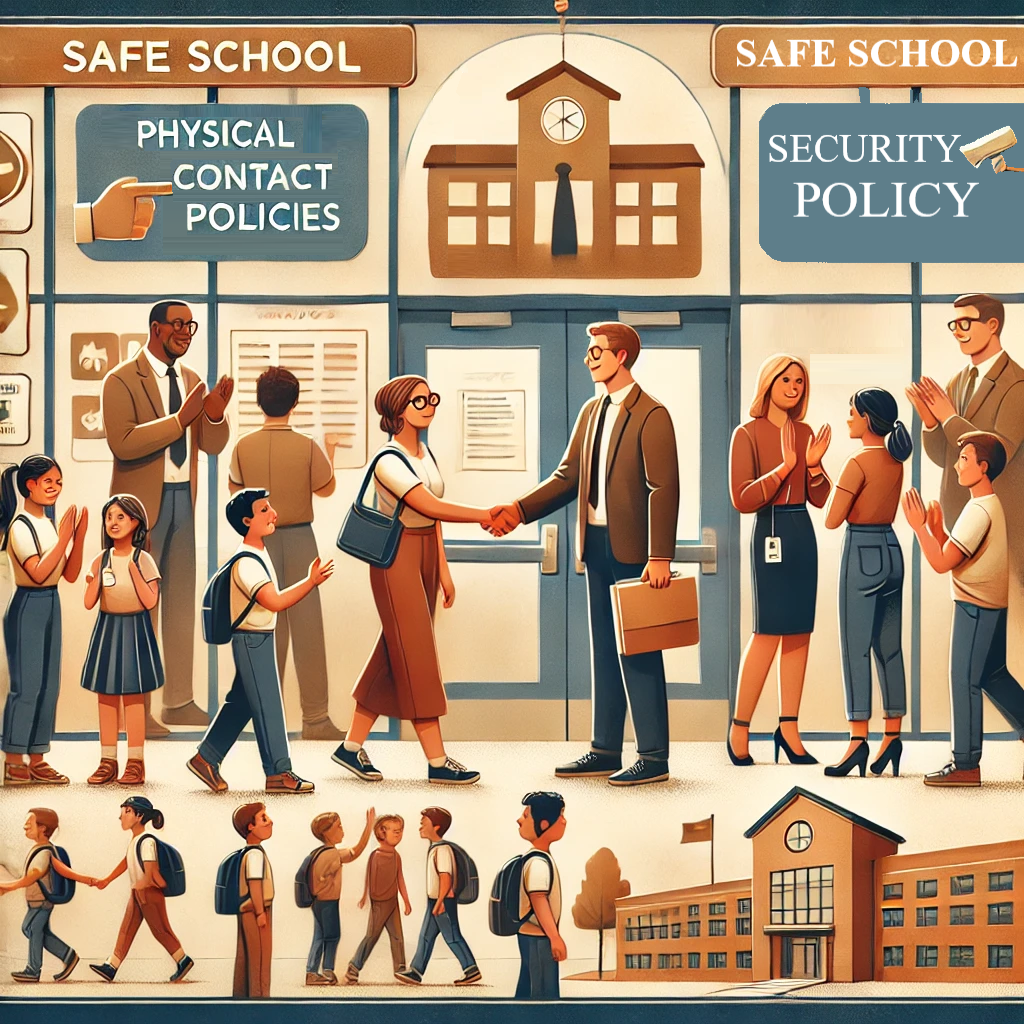The Role of HVAC Systems in Enhancing School Safety and Health
Maintaining a safe
and healthy environment in schools is paramount to fostering student learning
and well-being. HVAC systems (Heating, Ventilation, and Air Conditioning) are
essential components of modern schools, playing a critical role in maintaining indoor
air quality, thermal comfort, and overall safety. These systems are no longer
just about heating or cooling a space; they are pivotal in reducing the spread
of airborne contaminants and ensuring optimal learning conditions.
Indoor air quality
(IAQ) is a significant concern in schools, especially in densely populated
classrooms. Poor air quality can lead to health issues such as allergies,
asthma, and respiratory infections, which can affect both students and staff.
HVAC systems with high-efficiency filtration and proper ventilation ensure that
harmful pollutants, allergens, and viruses are filtered out, reducing the risk
of airborne diseases. This became even more apparent during the COVID-19
pandemic, where schools worldwide upgraded their HVAC systems to meet new
safety standards.
Thermal comfort is
another critical aspect influenced by HVAC systems. A comfortable classroom
temperature positively impacts students' concentration and productivity.
Studies have shown that students perform better in a controlled environment
with optimal temperature and humidity levels. Conversely, extreme heat or cold
can cause discomfort and distract students, hindering the learning process.
In addition to
health and comfort, modern HVAC systems can enhance safety through features
like carbon dioxide monitoring and emergency ventilation. For example, systems
equipped with sensors can detect dangerous levels of carbon dioxide or other
harmful gases, triggering alarms and mitigating risks. During emergencies such
as fires, HVAC systems can facilitate smoke extraction and ensure safe
evacuation by maintaining air pressure and visibility.
Energy efficiency is
also a critical consideration in modern HVAC systems. Schools are increasingly
adopting sustainable practices, and energy-efficient HVAC systems contribute to
reduced utility costs and a smaller carbon footprint. Many institutions are
installing systems that leverage renewable energy sources such as solar power,
aligning with global sustainability goals while ensuring students' safety and
health.
The challenges in
maintaining HVAC systems include high installation and maintenance costs,
especially in older buildings that require retrofitting. However, the long-term
benefits, including improved health, enhanced safety, and energy savings,
outweigh these initial costs. Schools need to prioritize regular maintenance
and upgrades of HVAC systems to ensure they meet current standards and continue
to provide a safe learning environment.
In conclusion, HVAC
systems are vital for ensuring the safety, health, and comfort of students and
staff in schools. By prioritizing proper design, installation, and maintenance
of these systems, schools can create an environment conducive to learning while
safeguarding the well-being of all occupants. As technology advances, the role
of HVAC systems in educational settings will only become more significant,
underscoring their importance in modern school infrastructure.





